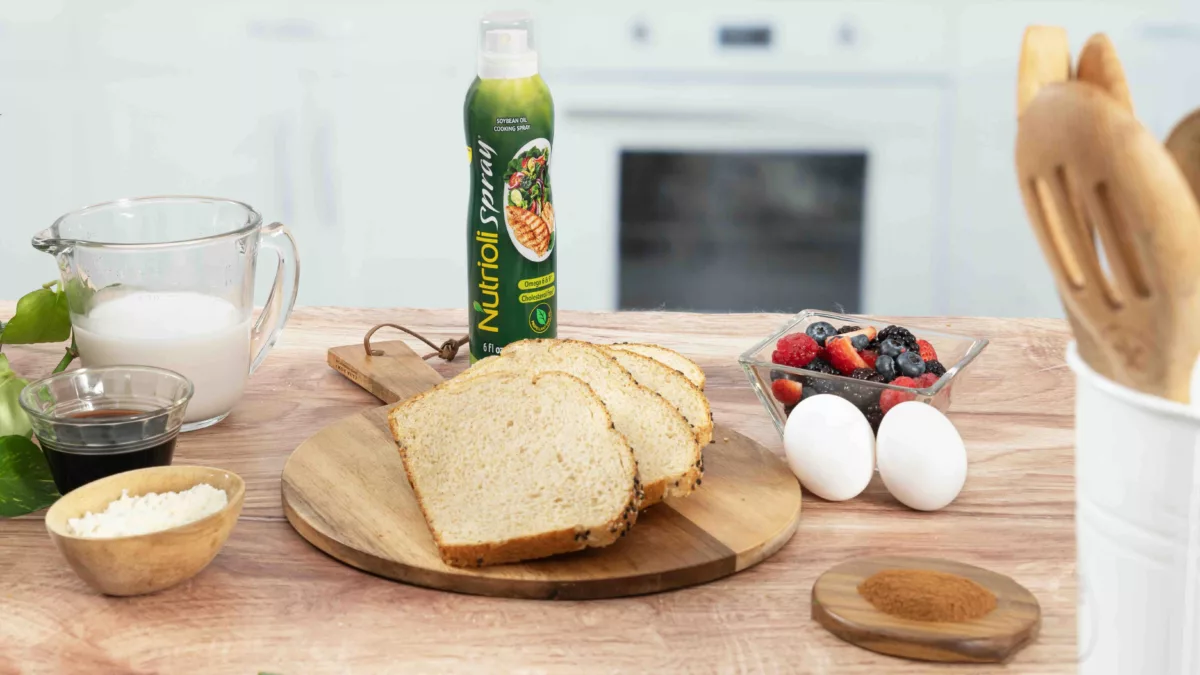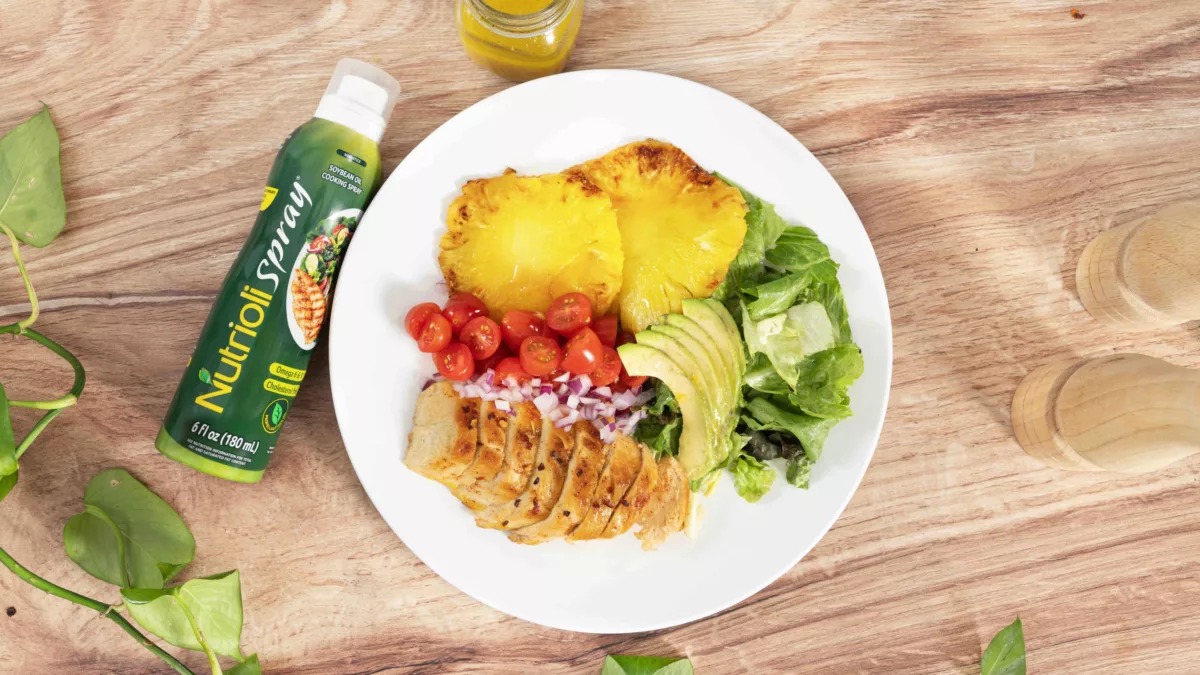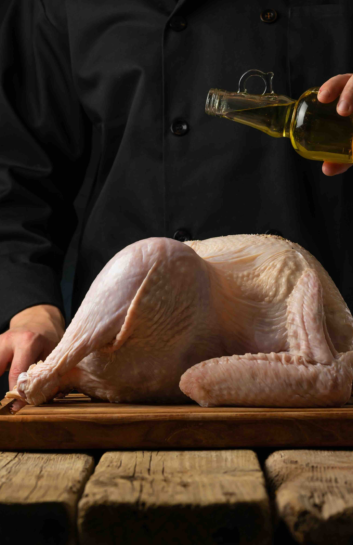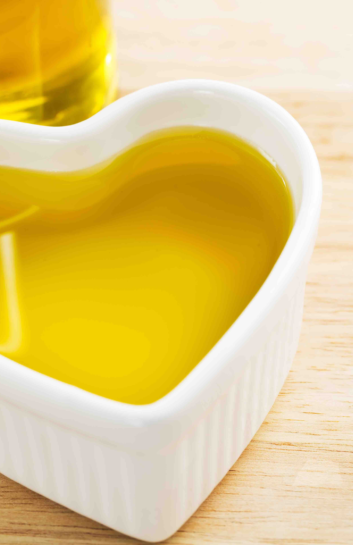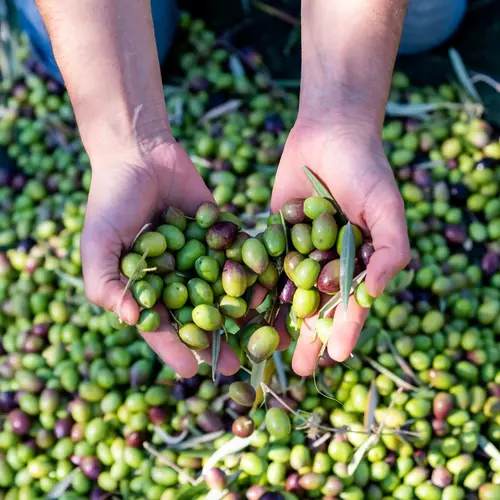
MARCH 31 , 2023
Why should you avoid trans fats?
What are trans fats? Be careful of what you eat!
Fatty acids called trans fats (TFA) are produced industrially by converting liquid oil into a solid fat through hydrogenation.
The oils become more stable and less prone to oxidative rancidity after hydrogenation.
These lipids can also be obtained naturally, in addition to hydrogenation. The rumen of polygastric animals such as cows, sheep, and goats, where ruminants ferment their food, produce trans fats.
Both muscles and milk of some animals are affected by the TFAsmade, as they are absorbed in the digestive system. As a result, meat, milk, and dairy products contain them in very minute amounts.
Warnings about a large intake of trans fats
The worst lipids to consume are trans fats. Unlike conventional dietary fats, they commonly raise “bad” cholesterol while lowering “good” cholesterol.
Heart disease, the leading cause of death in adults, increases with a diet rich in trans fats. The risk of developing heart and vascular disease is more significant with more lipids consumed.
The U.S. Food and Drug Administration has banned food manufacturers from adding the primary source of artificial trans fats to foods and beverages because they are so dangerous. Their use has been restricted or banned in several countries and cities in North America.
Numerous experts and health associations predict this measure will prevent many heart attacks and deaths yearly. However, some items with additional trans fats may still be available before the regulation comes into force.
Health risks caused by these products
People believed that trans fats could counteract the adverse health effects of saturated fats. However, the result was different from expected. It is now recognized that TFAs are more dangerous than saturated fats.
Therefore, less than 1% of calories consumed should come from trans fats, according to the World Health Organization, the Pan American Health Organization, the Danish Nutrition Council, and the American Heart Association.
TFAs have several negative health consequences, including obesity and cardiovascular disease. In addition to raising bad cholesterol (LDL), they also lower good cholesterol (HDL), causing it to build up in the arteries and increase the risk of heart disease or stroke. Another constant concern is weight gain.
They are often found in foods low in nutrients and high in extra calories from sugar, which could worsen this effect. They increase the likelihood of developing type 2 diabetes.
The U.S. Food and Drug Administration considers foods trans-free if they have less than 0.5 grams per serving.
Which foods contain trans fats?
Many foods may contain trans fats. They are mainly present in the following foods:
Frozen foods, such as pizza, frozen yogurt, and ice cream
Fried or breaded products, such as croquettes
Salty foods, such as potato chips
Crackers
Solid fats such as butter and margarine
Commercial bakery products
Cakes and pastries
Fast food
Alternatives to dairy cream
It is advisable to change foods containing trans fats for others that include monounsaturated or polyunsaturated fats to avoid the health effects of the former. For example, use olive or soybean oil instead of butter or avoid processed foods.
Tips to reduce trans fat in our home
Increase your fruit and vegetable intake. According to recent research, most people worldwide do not consume five or more servings a day.
Eat more poultry and fish. Use ground chicken or turkey instead of ground beef. Before cooking, remove the skin from the chicken.
Select thinner cuts of pork and red meat. Don't forget to remove visible fat before cooking.
Instead of frying foods, cook them in the oven or grill them. Never sprinkle breadcrumbs over vegetables and meat.
Change whole milk to semi-skimmed milk. Use non-fat plain yogurt and cottage cheese instead of sour cream.
Use two egg whites instead of one entire egg when making your favorite recipes.
Avoid sauces made with a cream and cheese base, or prepare them with skim milk and cheese.
Unbuttered popcorn or pretzel crackers are better choices for a snack than potato chips.
If possible, reduce the amount of animal and hydrogenated fats you consume (e.g., butter and cream). Using liquid oils made with soybean, or olive.
Study the ingredients of each product. Many fat-free foods contain a lot of carbohydrates, which could lead to an increase in triglyceride levels.
Ask sauces and dressings to be served singly when eating out.
Use herbs, spices, and lemon juice instead of butter or margarine when preparing food.
At Nutrioli we care about your health and that of your family. We invite you to learn about our soy-based products, which will help you live healthily. Get to know our recipe book and get ready to make chop chop chop with every dish!

 Go to Nutrioli MX
Go to Nutrioli MX